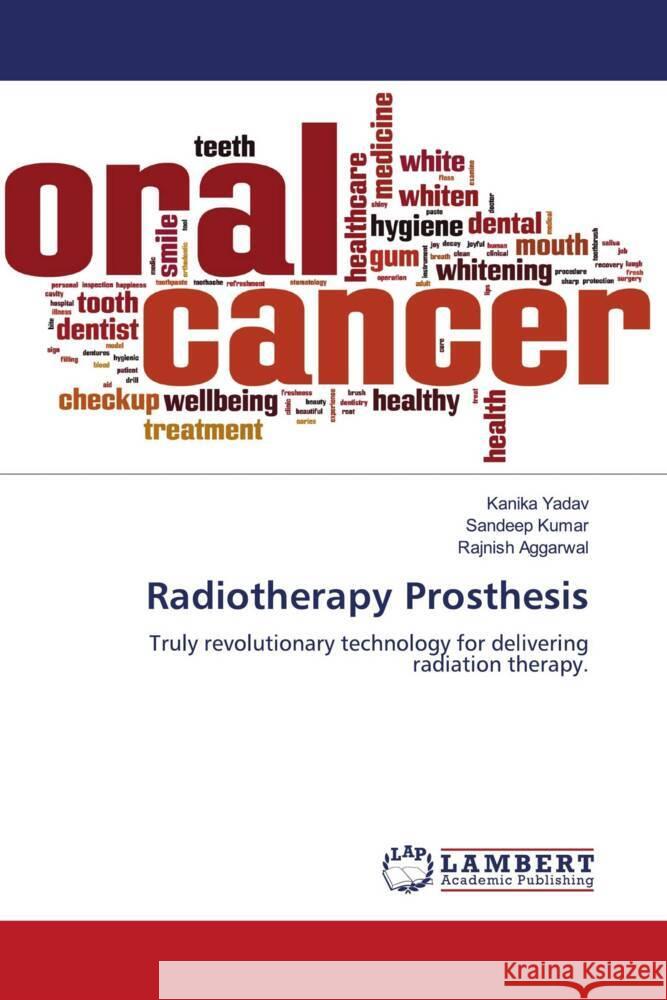Radiotherapy Prosthesis » książka
Radiotherapy Prosthesis
ISBN-13: 9786206780342 / Angielski / Miękka / 168 str.
Radiotherapy (RT) is the standard and widely used procedure for treating patients with head and neck cancer with successful results. In spite of the advancement of radiation techniques, this procedure is frequently associated with a wide range of oral complications, such as radiation caries, loss of taste, xerostomia, erythema, mucositis, trismus, and osteoradionecrosis, with significant impairment of the patient's quality of life. Hypersensitivity of the teeth, taste loss, oral bacterial shift, and periodontal breakdown are other problems of concern while treating patients undergoing radiotherapy. The postoperative complications hamper the prognosis of the treatment. Therefore it is inevitable to protect the surrounding tissues from radiation exposure. Various physical methods are also commonly used to reduce damage, including shielding, proper positioning, and multiple fields. As a preventive measure, radiotherapy protective devices/stents can be fabricated and used during the treatment. These devices are used to displace the position or shield tissues or assist in efficiently administering radiotherapy to the affected areas, thus limiting post-therapy morbidity.











